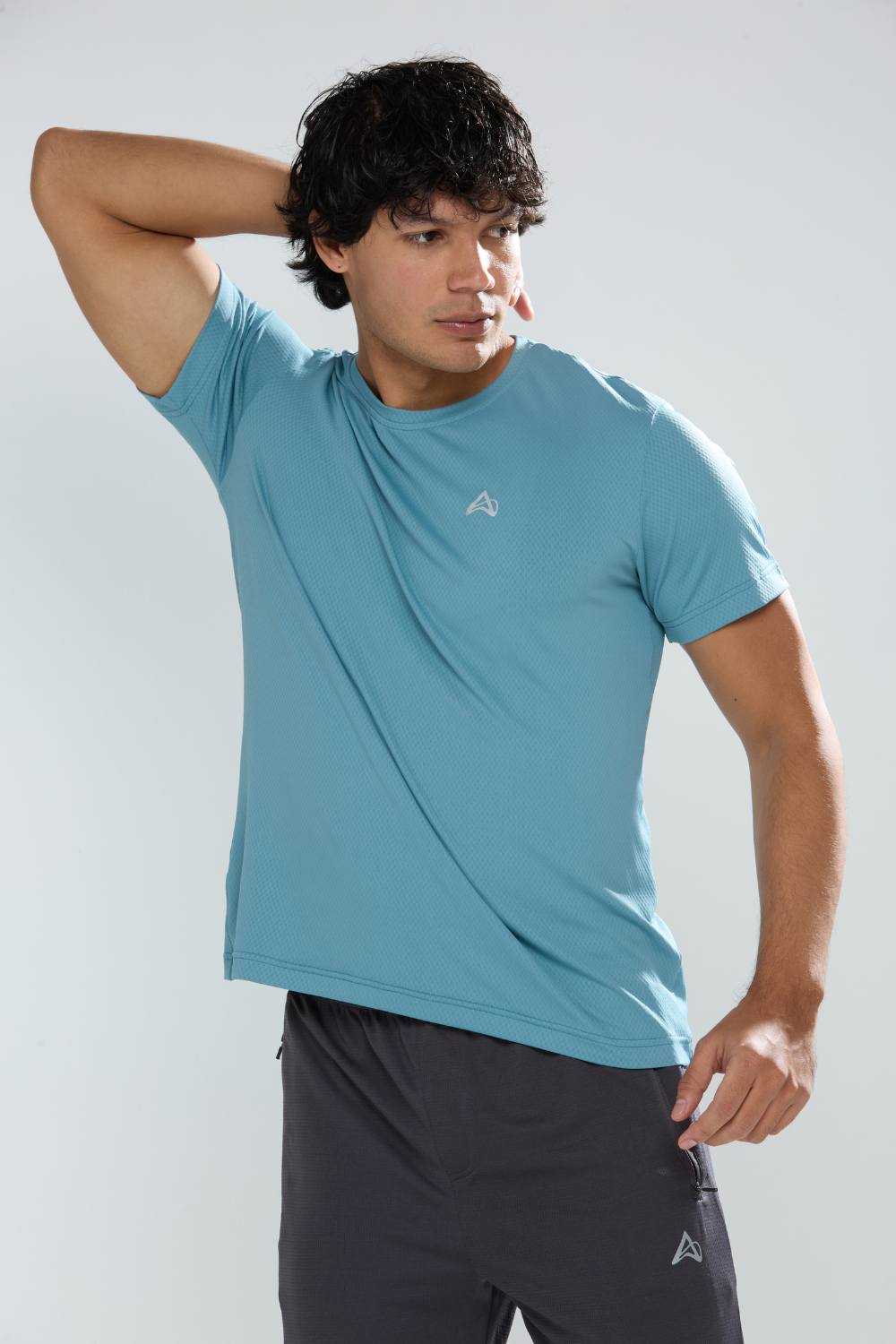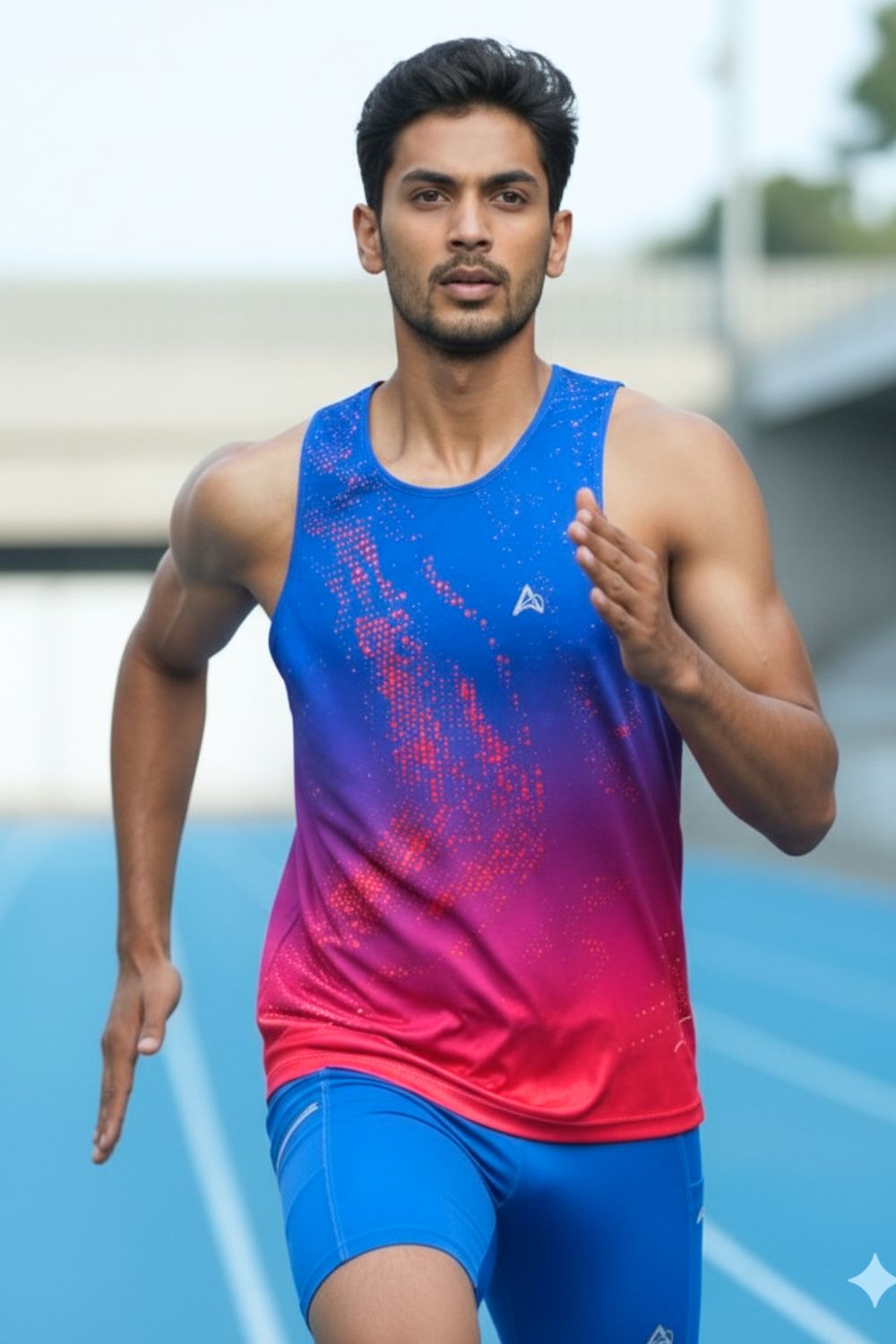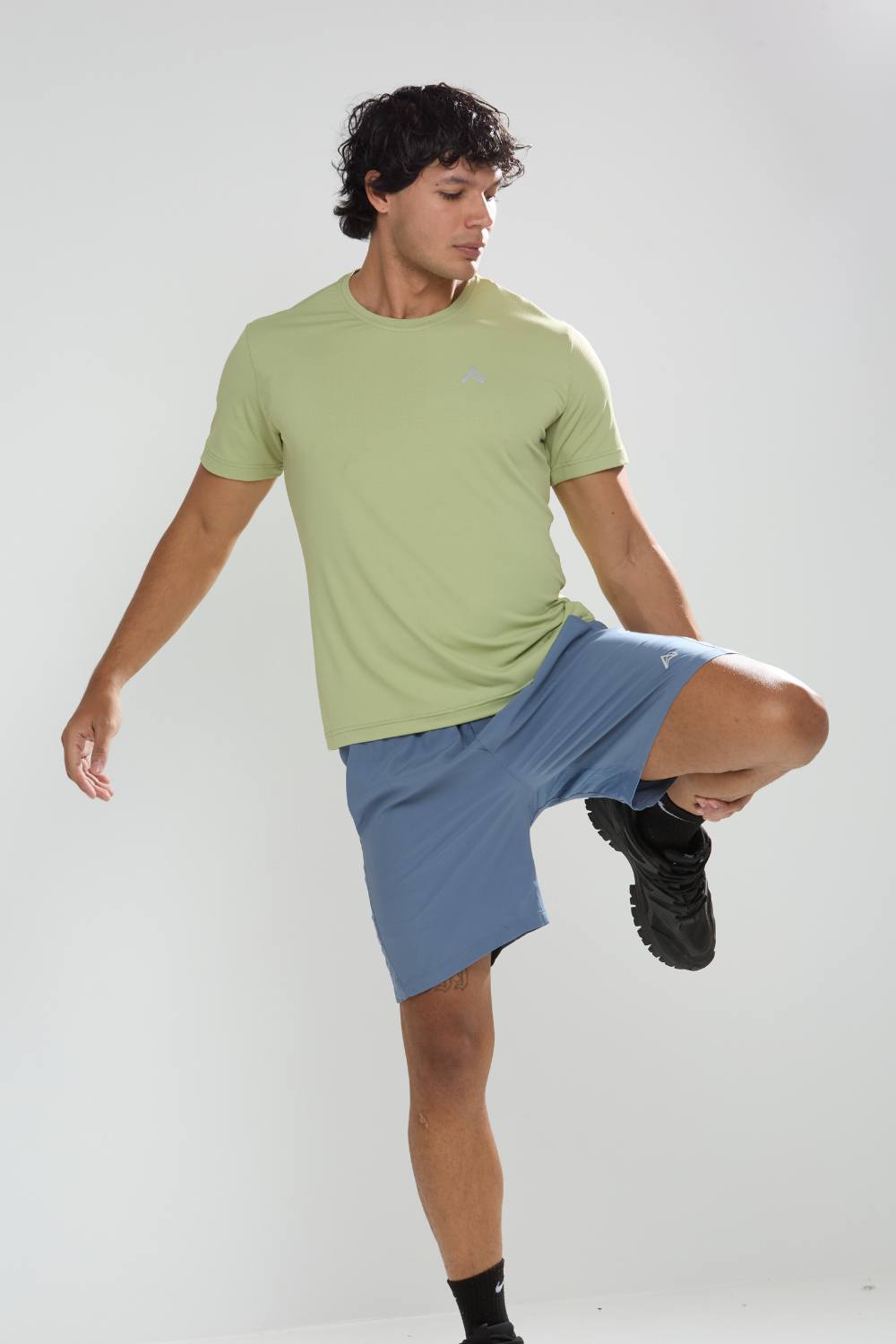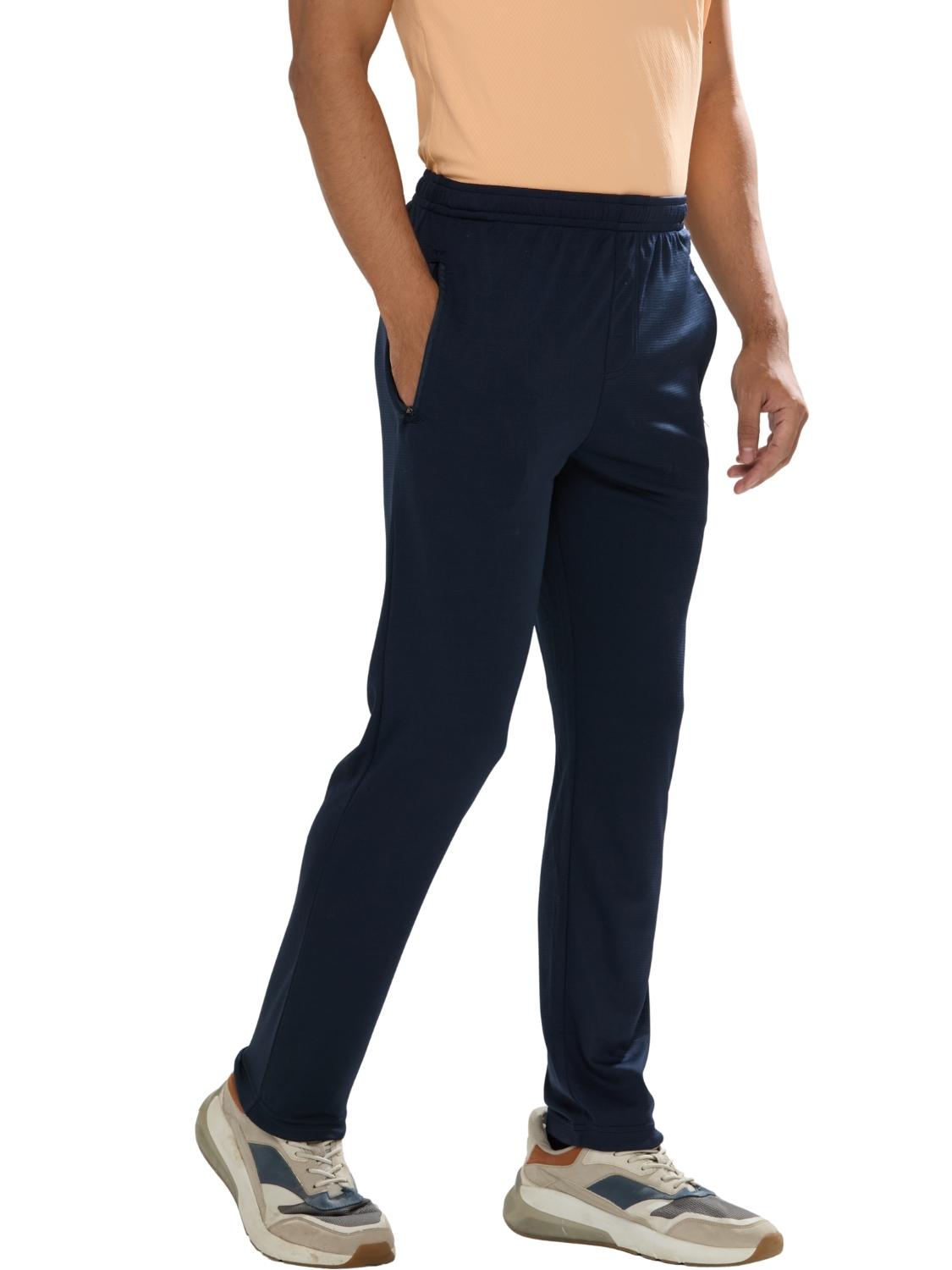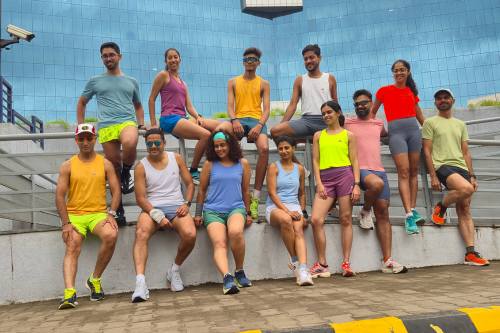Imagine lacing up your favorite running shorts for what feels like the hundredth time, only to notice the fabric has lost its bounce, the moisture-wicking magic faded after too many careless washes. It's a frustration every dedicated runner knows all too well gear that promised peak performance now sagging under neglect. But what if brands stepped in with more than just products? What if they armed you with the knowledge to make that singlet or those half-tights last longer? In exploring this, we dive into "Smart Fabric Care: How Education Strengthens Runner Loyalty in Activewear Brands", uncovering how simple guidance can transform fleeting purchases into lifelong companions on the road.
Tired of gear that slows you down? Chafing, soggy fabrics, and missing pockets kill your run's momentum. At Aguante, we're runners who get it. Our high-performance activewear features moisture-wicking fabrics, ergonomic designs, and smart storage to keep you focused. Shop Now!
Why Fabric Care Matters in Performance Apparel
Running isn't just a hobby; for many, it's a ritual. In bustling cities like Bangalore or Mumbai, where early morning jogs weave through humid streets, activewear takes a beating from sweat, dust, and unpredictable weather. High-performance items think running t-shirts for men, tank tops for women, or those essential running shorts aren't cheap knockoffs. They're engineered with advanced fabrics that wick away moisture, provide ergonomic fits, and even include reflective elements for safety during dawn runs in places like Hyderabad or Pune.
Yet, here's the rub: without proper care, these features degrade fast. A quick toss into a hot dryer can warp the anti-chafing linings, or using harsh detergents might strip away the breathability. Many runners, especially newcomers in growing fitness hubs like Delhi or Gurugram, dive in without realizing that their investment demands a bit more TLC. This gap leads to dissatisfaction, returns, and ultimately, a drift away from the brand. But when companies educate their customers through clear labels, online guides, or even quick tips on packaging they flip the script. It's about building trust: showing that the product is built to last, if only you know how to treat it right.
Take Aguante, an Indian activewear brand established in 2018, crafted by runners for runners. Their lineup, including running singlets for men and half-tights, focuses on runner-specific needs like secure pockets that don't bounce and fabrics tailored to India's heat and humidity. By emphasizing care education, they ensure that every piece from running t-shirts for women to track pants delivers on its promise of comfort and durability, fostering a deeper connection with athletes across Navi Mumbai, Surat, and Ahmedabad.
Emerging Trends in Fabric Care Awareness
The sportswear fabric market is booming, reflecting a broader shift toward smarter, longer-lasting gear. According to recent reports, the market was estimated at 28.72 USD Billion in 2024, growing to 30.17 USD Billion in 2025 and projected to hit 46.93 USD Billion by 2034, with a CAGR of 5.03%. Another analysis pegs it at US$ 28.8 Bn in 2025, expanding to US$ 40.5 Bn by 2032 at a 5.0% CAGR. What's fueling this? A surge in health awareness, with more people hitting the pavement or gym, demanding fabrics that perform under pressure.
Sustainability is at the forefront. Runners today aren't just chasing personal bests; they're mindful of the planet. Trends show a push for eco-friendly materials like recycled polyester and biodegradable fibers, which reduce waste but require specific care to maintain their integrity. Brands are responding with campaigns that go beyond sales pitches, embedding care instructions via QR codes on tags or apps that remind you when to air-dry instead of tumble.
Digital platforms amplify this. On Instagram, Facebook, and YouTube key channels for activewear outreach influencers and brands share bite-sized videos. Picture a quick reel from a coach in Bangalore demonstrating how to wash moisture-wicking running shorts without losing their edge. This isn't fluff; it's practical, tying into the rise of athleisure where fabrics must endure daily wear. Innovations in breathable, stretchable materials mean care education isn't optional it's essential to preserve those premium features that set high-end gear apart.
In India, where the Asia Pacific region is the fastest-growing, thanks to rising incomes and sports initiatives in China and India, local brands like Aguante are leading by example. Their products, sold on marketplaces like Myntra and Amazon, come with guides tailored to Indian conditions think dealing with hard water in Mumbai or monsoon humidity in Pune. It's a smart move in a market where North America holds 38% share due to its fitness culture, but Asia Pacific is catching up fast.
Real-World Examples and Case Studies
Look globally, and you'll see giants like Nike and Adidas setting the bar. Nike's online portals detail eco-laundry tips, urging cold washes to preserve UV protection in their fabrics. Adidas pushes recycled polyester now in 96% of their products as of 2023 while educating on gentle cycles to avoid microplastic release. These aren't just greenwashing; they extend product life, cutting down on replacements and building loyalty among eco-conscious runners.
Closer to home, Decathlon in India integrates care tips into their apps and packaging, helping first-timers avoid common pitfalls like over-drying compression gear. But it's the community that really drives it home. Running groups on social media think Instagram handles like @barefoot_coach_shanth_koushik or @runholic_dev share hacks: using mesh bags for washing running tank tops to prevent snags, or air-drying in shaded spots to combat Surat's sun.
Aguante stands out here. Unlike generic imports, their gear is designed for Indian bodies and roads anti-chafing linings for humid Hyderabad runs, reflective details for Delhi's foggy mornings. They obsess over runner details: pockets that stay put during sprints, fabrics that wick sweat without fading. By providing relatable care guidelines, suited to local water and climates, they counter the quick wear-and-tear fears, turning one-time buyers into advocates who rave on Facebook about how their running tshirts for women hold up mile after mile.
Challenges and Risks in Implementing Fabric Care Education
Not everything's smooth strides. Runners often prioritize convenience grabbing whatever detergent's on hand after a grueling session in Gurugram's parks. This inertia means care labels go unread, leading to faded colors or lost elasticity in those prized running half tights.
Knowledge gaps widen the issue. In emerging markets like Ahmedabad, many are new to technical fabrics; they treat a moisture-wicking singlet like everyday cotton, only to see it pill and stretch. For brands, the risk is real: without education, complaints spike, returns climb, and trust erodes. Imagine shipping free across India, only for items to come back due to user error it's a hit to the bottom line and reputation.
Yet, these hurdles highlight the need for persistence. Brands must make education effortless, not preachy. Short YouTube clips or Instagram stories from influencers like @fit_kaur23 or @coach_amitkumar can bridge the divide, showing real runners in Navi Mumbai maintaining their gear without fuss.
Opportunities and Business Impacts
Flip the challenges, and opportunities emerge. Educated customers see their apparel endure, sparking repeat buys maybe upgrading from basic running shorts to full kits. For Aguante, this means loyalty in a competitive space, where their affordable, innovative pieces shine against pricier imports.
Trust blooms in e-commerce, vital on platforms like Amazon Marketplace or Myntra. Transparency about care linked to their 14-day returns reassures buyers in remote spots. Sustainability ties in too: longer-lasting gear aligns with eco-runners, reducing waste in a market hungry for green options like recycled polyester, which, though 20-30% costlier, pays off in durability.
Upselling follows naturally. Pair care tips with add-ons: eco-detergents for those running t-shirts, or storage sprays to keep fabrics fresh. In a sector where polyester dominates 60% of the market for its wicking prowess, brands that educate stand to gain, especially in Asia Pacific's growth spurt.
Future Outlook
As the finish line approaches, it's clear: fabric care education isn't a nice-to-have; it's a loyalty lifeline. Brands that guide runners through digital nudges or community shares create bonds that outlast any single product. For Indian outfits like Aguante, it's a chance to empower athletes, making every run in Bangalore's trails or Mumbai's marathons feel supported.
Looking ahead, expect AR labels scanning to reveal care tutorials, or apps pinging wash reminders. In a market set to nearly double by the 2030s, investing here isn't just smart it's essential. Runners deserve gear that goes the distance, and brands that teach them how will lead the pack.
Frequently Asked Questions
How does proper fabric care extend the life of running apparel and activewear?
Proper fabric care preserves the technical features that make performance apparel valuable - moisture-wicking properties, anti-chafing linings, and breathability. Without correct care practices like cold washing and air-drying, these advanced features can degrade quickly, causing expensive running shorts, singlets, and half-tights to lose their performance edge. Brands like Aguante emphasize care education to help runners maintain their gear's durability and comfort over time.
Why are activewear brands focusing on fabric care education for customer retention?
Activewear brands are investing in fabric care education because it directly impacts customer satisfaction and loyalty. When runners understand how to properly maintain their technical fabrics - from running t-shirts to compression gear - they experience better product performance and longevity. This reduces returns, prevents dissatisfaction from premature wear, and builds trust between the brand and customer, ultimately leading to repeat purchases and brand advocacy.
What are the latest trends in sportswear fabric care and sustainability?
The sportswear fabric market, projected to reach $46.93 billion by 2034, is increasingly focused on sustainable materials like recycled polyester and eco-friendly care practices. Brands are using digital platforms, QR codes, and mobile apps to educate customers on proper care techniques that reduce environmental impact while preserving fabric integrity. This trend aligns with growing consumer awareness about sustainability and the need to extend garment lifecycles in the fast-growing activewear market.
Disclaimer: The above helpful resources content contains personal opinions and experiences. The information provided is for general knowledge and does not constitute professional advice.
You may also be interested in: Aguante - Activewear Clothing
Tired of gear that slows you down? Chafing, soggy fabrics, and missing pockets kill your run's momentum. At Aguante, we're runners who get it. Our high-performance activewear features moisture-wicking fabrics, ergonomic designs, and smart storage to keep you focused. Shop Now!
Powered by flareAI.co





